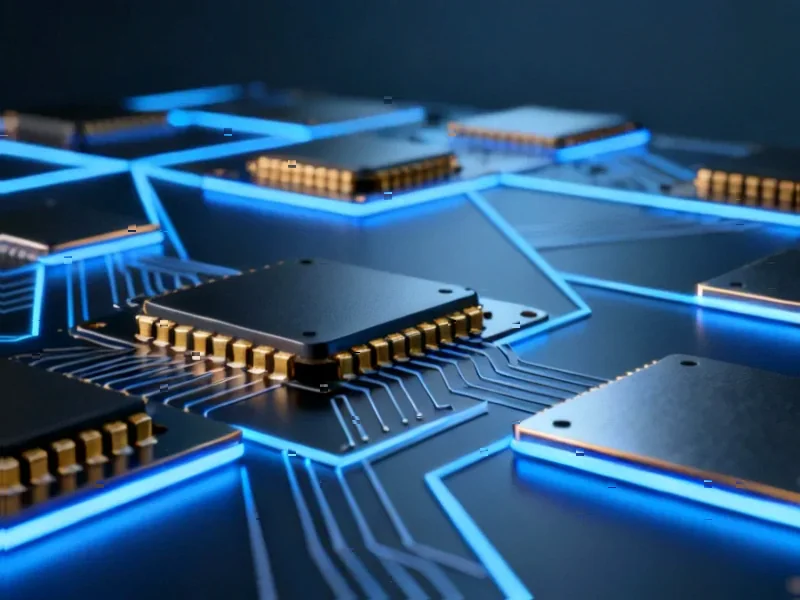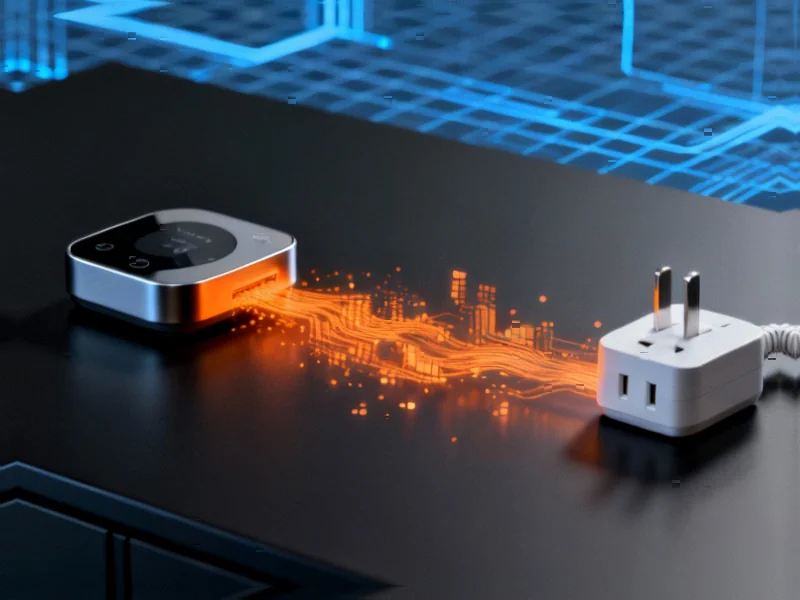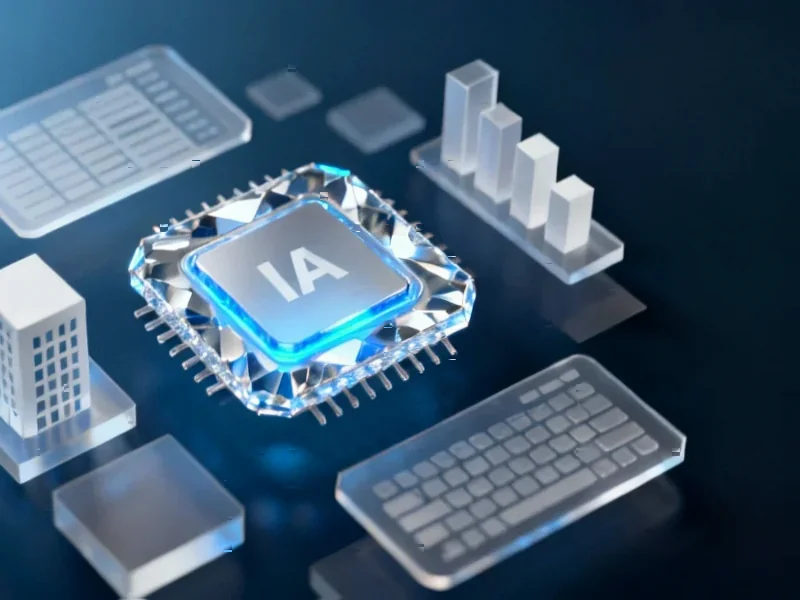Revolutionary Compute Architecture Delivers Unprecedented Performance-Per-Watt
Israeli chip startup NextSilicon is making bold claims about its Maverick-2 accelerator, positioning it as a serious competitor to established players in the high-performance computing space. The company asserts that its innovative architecture not only outperforms Nvidia’s latest GPUs and Intel’s CPUs but does so with dramatically lower energy consumption—reportedly cutting total energy costs by more than half compared to Nvidia’s HGX B200 solution.
Table of Contents
- Revolutionary Compute Architecture Delivers Unprecedented Performance-Per-Watt
- Intelligent Compute Accelerator: Redefining Hardware Efficiency
- Benchmark Performance: Stating the Case
- Technical Specifications and Form Factors
- Strategic Expansion into RISC-V with Arbel Test Chip
- Market Implications and Future Vision
Intelligent Compute Accelerator: Redefining Hardware Efficiency
NextSilicon describes Maverick-2 as the world’s first Intelligent Compute Accelerator (ICA), representing what the company calls a “novel and original computing architecture.” Unlike traditional designs where software must adapt to hardware limitations, Maverick-2 implements a dataflow architecture that uses intelligent algorithms to manage runtime overhead in real-time.
“For eight decades, rigid hardware designs have forced software to adapt, with modern CPUs dedicating roughly 98 percent of silicon to overhead and just two percent to actual computation,” explained Elad Raz, founder and CEO of NextSilicon. “Maverick-2 flips this paradigm on its head by devoting the majority of hardware real estate to compute.”, according to industry news
Benchmark Performance: Stating the Case
According to NextSilicon’s published benchmarks, the performance claims are substantial. The company reports that Maverick-2 delivers:
- 4x the performance-per-watt compared to Nvidia HGX B200 GPU for FP64 operations
- Over 20x performance-per-watt compared to Intel Xeon Sapphire Rapids CPU for FP64
- 32.6 GUPS at 460 watts in AI inferencing, claimed to be 22x faster than CPUs and nearly 6x faster than GPUs
- 600 gigaflops at 750 watts in HPCG testing while consuming half the power of leading GPUs
Technical Specifications and Form Factors
Built on TSMC’s 5nm process technology, Maverick-2 comes in two configurations. The single-die PCIe format features 96GB of HBM3e memory with maximum power consumption of 300W, while the dual-die Open Accelerator Module (OAM) offering doubles the memory to 192GB of HBM3e with a 600W maximum power envelope. This flexibility allows deployment across different infrastructure requirements while maintaining the core architectural advantages., as related article
Strategic Expansion into RISC-V with Arbel Test Chip
Alongside the Maverick-2 details, NextSilicon announced development of Arbel, a new RISC-V test chip that signals the company’s broader architectural ambitions. The decision to embrace RISC-V represents what the company describes as a “fundamental shift toward an open and adaptable future” rather than simply an architectural preference.
NextSilicon claims Arbel will “surpass current RISC-V competition, as well as Intel LionCove and AMD Zen 5,” though specific performance data remains forthcoming as the chip progresses beyond the test phase. This move positions NextSilicon to develop its own patented IP from the ground up, potentially creating a more comprehensive alternative to current computing ecosystems.
Market Implications and Future Vision
The combination of Maverick-2’s claimed performance advantages and the strategic move into RISC-V with Arbel suggests NextSilicon is building toward a comprehensive computing platform rather than just another accelerator solution. As AI and HPC workloads continue to evolve, the company’s focus on adaptive, efficient designs could address growing concerns about power consumption and computational density in data centers.
Raz emphasized the long-term vision: “With its pioneering dataflow architecture already transforming computing, and Arbel showcasing our ability to engineer world-class, general-purpose silicon, we’re setting a bold new standard for what’s possible.”
Founded in 2018, NextSilicon has raised over $200 million across four funding rounds from investors including Third Point Ventures, Playground Global, Aleph, and Amiti Ventures. This substantial backing suggests confidence in the company’s technical approach and market potential as it challenges established semiconductor giants with its innovative architectures.
As the semiconductor industry watches these developments, the coming months will be critical for NextSilicon to demonstrate real-world performance that matches its ambitious claims and to provide more concrete details about Arbel’s capabilities and timeline.
Related Articles You May Find Interesting
- Google’s Pixel Flashlight Enhancement Nears Release with Visual Overhaul
- Deere’s Digital Transformation Positions Agriculture Giant for Sustained Growth
- Virginia’s Data Center Boom Spreads Beyond Loudoun County as Power and Zoning Ch
- Saudi Telecom Giant Salam to Power Medusa Subsea Cable’s Middle East Expansion
- Strategic Acquisition Expands Webcor’s Reach into High-Demand Data Center Constr
This article aggregates information from publicly available sources. All trademarks and copyrights belong to their respective owners.
Note: Featured image is for illustrative purposes only and does not represent any specific product, service, or entity mentioned in this article.



